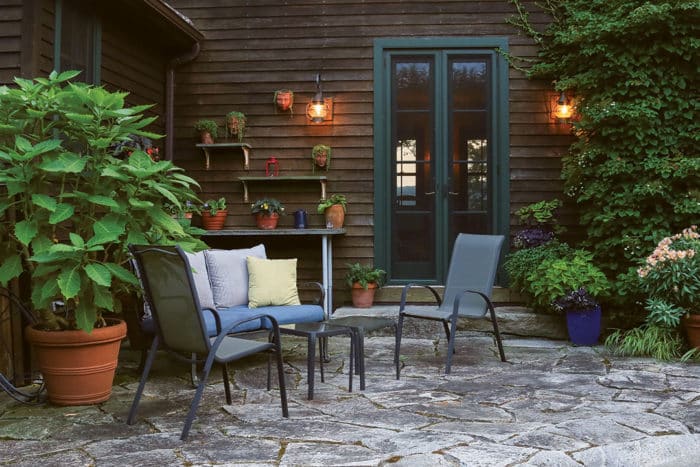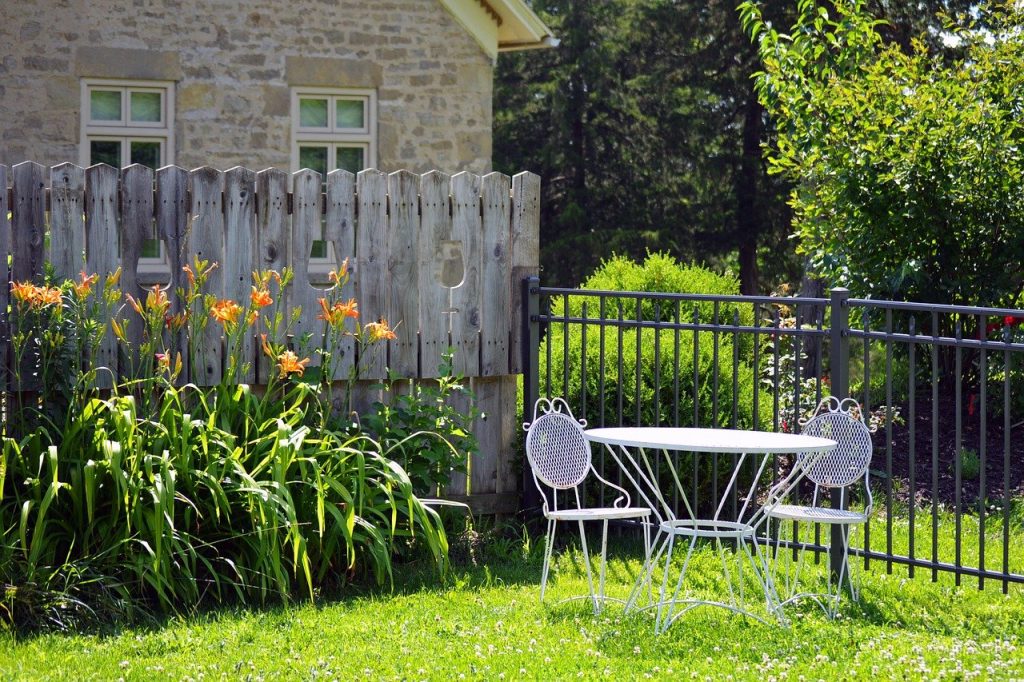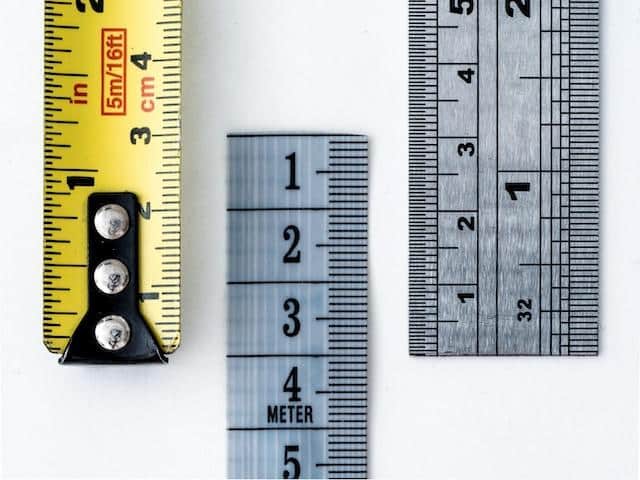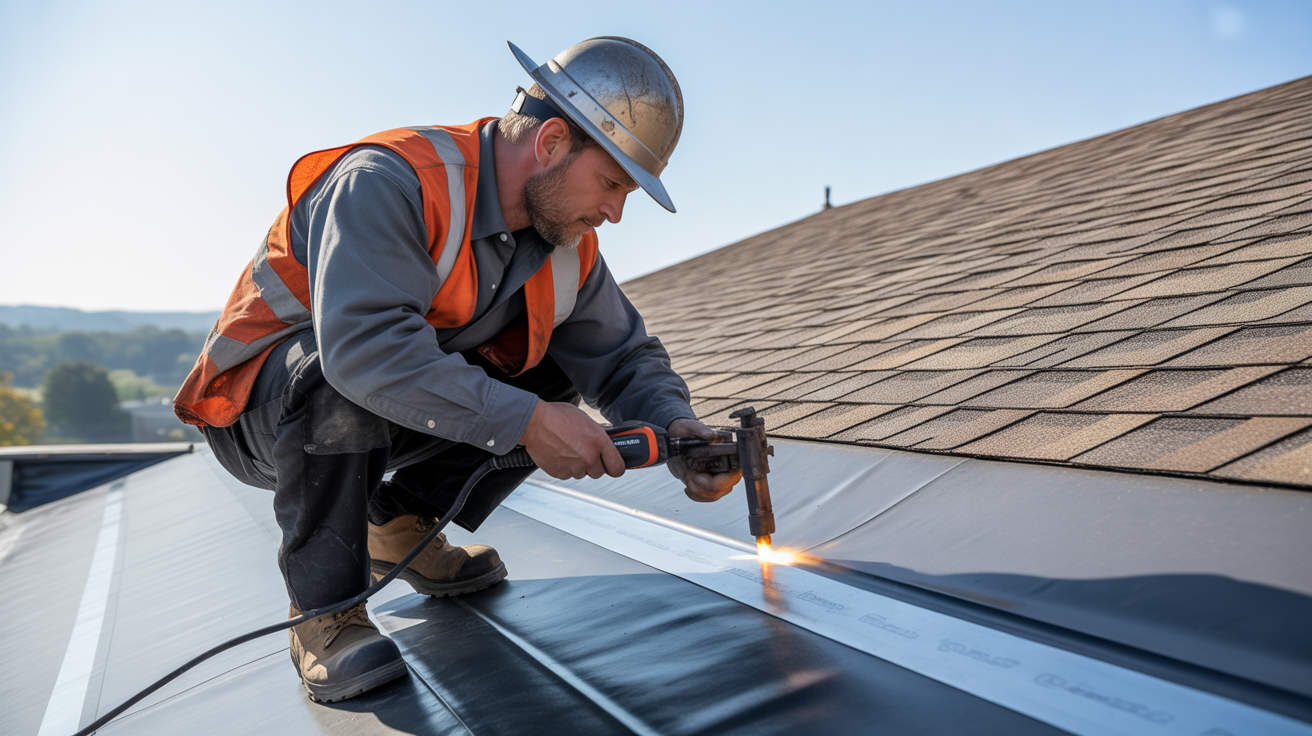Blurring the Lines Between Indoor and Outdoor Living
Introduction
Interior and exterior principality existed as separate worlds, disconnected by walls and doors. This rigid separation served functional purposes, protecting inhabitants from the elements while establishing clear boundaries. However, a paradigm shift is unfolding as design philosophies evolve and our relationship with nature deepens. The once-rigid divide dissolves, giving way to a harmonious interplay between indoors and outdoors.
Architects, designers, and homeowners alike are embracing the concept of blurring the lines between these traditional realms. This harmonious fusion transcends mere aesthetics, reflecting a profound shift in how we perceive and experience our living spaces.
Blurring the boundaries between indoors and outdoors offers benefits. It fosters a deeper connection with nature, inviting the rejuvenating elements of the outdoors into our daily lives. This integration enhances our well-being and creates a seamless flow between interior and exterior environments, maximizing the usable space and versatility of our homes.
Designing for Seamless Transitions

Open floor plans and expansive windows and doors are key elements in facilitating seamless transitions between indoor and outdoor living areas. These architectural features create a sense of continuity by removing visual and physical barriers, inviting nature’s embrace into our living spaces.
The strategic use of similar materials and color schemes throughout the indoor and outdoor areas further blurs the lines. Consistent flooring, wall treatments, and color palettes create a cohesive aesthetic, allowing the eye to transition effortlessly from one realm to the other.
Incorporating outdoor elements into interior spaces is another powerful technique. Living walls, lush with verdant foliage, bring nature’s vibrant beauty indoors, while water features replicate the soothing sounds of streams and waterfalls, creating a tranquil ambiance.
Conversely, extending indoor living areas outdoors seamlessly amalgamates the two realms. Outdoor kitchens, living rooms, and dining areas transform exterior spaces into functional, comfortable home extensions, fostering a sense of openness and connection with the natural world.
Maximizing Natural Light and Ventilation

Strategically placed windows and skylights blur the boundaries between indoors and outdoors and maximize the influx of natural light. This abundant illumination enhances the sense of openness and connectivity while reducing reliance on artificial lighting, promoting energy efficiency.
Retractable walls or folding glass doors take this integration further, allowing entire walls to disappear and merge indoor and outdoor spaces. These architectural elements facilitate a truly seamless transition, inviting the outdoors in and transforming the home into a continuous, open-air haven.
Shading devices such as awnings, pergolas, and strategically planted trees provide respite from the sun’s intensity while preserving the indoor-outdoor connection. These elements offer versatility, allowing homeowners to modulate light and create inviting, comfortable spaces.
Effective natural ventilation techniques, such as cross-ventilation and the stack effect, harness the power of airflow to create a refreshing indoor-outdoor experience. These techniques enhance indoor air quality while minimizing reliance on energy-intensive cooling systems by strategically positioning windows and incorporating design elements that facilitate air movement.
Creating Outdoor Rooms

Defining outdoor spaces with structures like pergolas, gazebos, and trellises creates a sense of enclosure and intimacy, effectively transforming exterior areas into outdoor rooms. These architectural elements provide shade and shelter and serve as focal points, adding visual interest and cohesion to the overall design.
Incorporating comfortable outdoor furniture and thoughtfully curated accessories further enhances the functionality and ambiance of these outdoor rooms. From plush seating arrangements to decorative lighting and outdoor rugs, these elements create inviting spaces that encourage relaxation and entertaining.
Adding outdoor heating and cooling options, such as fire pits, patio heaters, and misters, extends the usability of these outdoor rooms throughout the seasons. These amenities ensure comfort and enjoyment, enabling homeowners to savor their integrated indoor-outdoor living spaces year-round.
Integrating outdoor kitchens and entertainment areas seamlessly blends indoor and outdoor living. Equipped with grills, refrigerators, and ample counter space, these versatile spaces enable effortless alfresco dining and entertaining, fostering a sense of conviviality and connection with nature.
Blending Indoor and Outdoor Landscaping
Incorporating indoor plants and living walls into interior spaces brings the beauty and vitality of nature indoors. These verdant elements enhance aesthetics, purify the air, and promote a sense of well-being, blurring the lines between the natural and built environments.
Using similar hardscaping materials, such as flooring and wall treatments, both indoors and outdoors, creates a cohesive visual flow. This continuity further dissolves the boundaries between the two realms, fostering a harmonious relationship between the built and natural environments.
Extending indoor color schemes and design elements into outdoor spaces creates a seamless aesthetic transition. This coherence enhances visual appeal and reinforces the concept of a unified living environment that transcends the traditional divide between indoors and outdoors.
Incorporating water features and sculptures into interior and exterior spaces introduces dynamic elements that further blur the lines. The soothing sounds of water and the visual interest of artful installations create a sense of continuity, inviting the outdoors in and extending the indoor ambiance outward.
Fences: Seamless Integration or Deliberate Separation

Fences play a crucial role in harmonizing indoor and outdoor living spaces. While they can serve as physical boundaries, their design and placement can either enhance the seamless flow or deliberately separate the two realms.
When employed as defining elements, fences can create distinct outdoor rooms and delineate spaces without compromising the sense of openness and connection. Thoughtfully designed fences can also serve as architectural features, complementing the home’s aesthetic and seamlessly integrating into the overall indoor-outdoor design.
The choice of fencing materials and styles is critical in achieving a cohesive indoor-outdoor aesthetic. Natural materials like wood, stone, or wrought iron can blend harmoniously with the surrounding environment, while modern designs incorporating glass or metal can create a sleek, contemporary look that complements the home’s architecture.
Incorporating fences into landscaping and hardscaping elements further enhances their integration into the overall design. Strategically placed planters, water features, or seating areas along the fence line create a sense of continuity, blurring the lines between the built and natural environments. Even the careful placement of the fence itself can influence this flow, perhaps guiding visitors towards a particular garden feature or creating a hidden patio haven.
Choosing a reputable contractor with experience in fence installation and integration with landscaping is crucial to achieving this seamless effect. Their expertise can ensure proper placement, material selection that complements the surroundings, and a finished product that becomes a natural extension of your indoor-outdoor living space.
Sustainability and Energy Efficiency
Passive solar design principles are pivotal in blurring the lines between indoor and outdoor living while promoting energy efficiency. These principles maximize natural heating and cooling by strategically orienting buildings, incorporating thermal mass, and utilizing shading devices, reducing reliance on energy-intensive systems.
Using energy-efficient materials and systems in constructing and outfitting indoor-outdoor living spaces further enhances sustainability. From highly insulated walls and windows to energy-efficient appliances and lighting, these choices minimize the environmental impact while maximizing comfort and functionality.
Incorporating green roofs and vertical gardens enhances aesthetics and blurs the line between indoors and outdoors. They also provide insulation, improve air quality, and mitigate the urban heat island effect, contributing to a more sustainable living environment.
Rainwater harvesting and greywater systems exemplify the harmonious integration of natural and built environments. Collecting and reusing water for irrigation and other non-potable purposes promotes water conservation, reduces strain on municipal resources, and fosters a more self-sustaining living environment.
Conclusion
This article explores the benefits of blurring the lines between indoor and outdoor living spaces, discussing design techniques, material choices, and the importance of sustainability. It highlights how this approach can enhance well-being, increase usable space, and promote a deeper connection with nature.
The article concludes by looking towards a future where indoor and outdoor environments seamlessly integrate, fostering a harmonious coexistence between humanity and the natural world.







